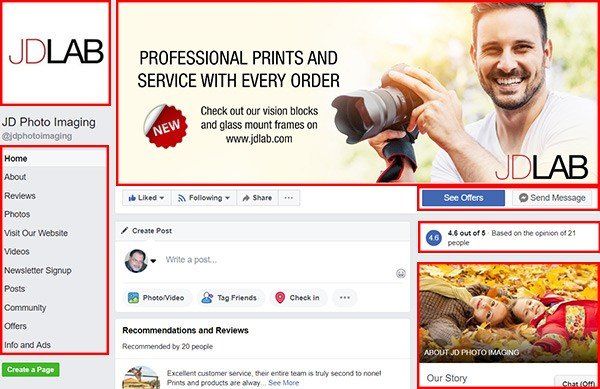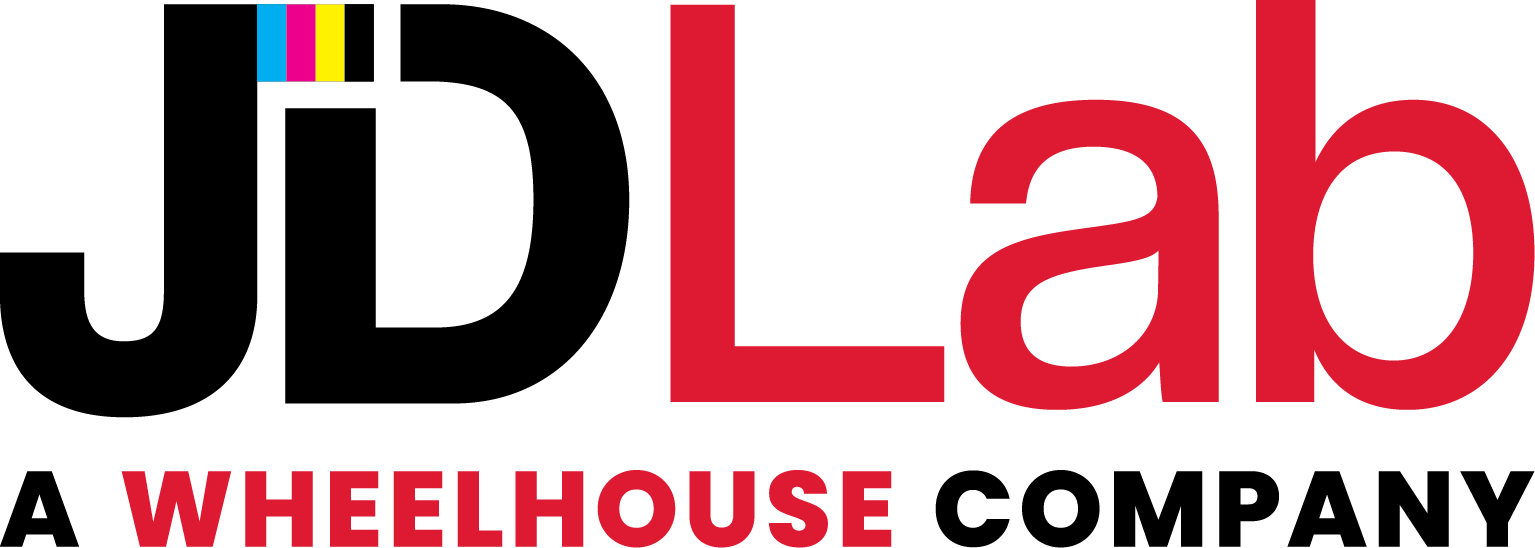The Secret to Managing Employees
If you’re in business long enough, eventually your studio will need to hire employees. An extra set of hands has many advantages, but chief among them is that they free you up as the business owner to spend your time building your business instead of working in your business.
However, managing employees can also be one of the biggest challenges you face as a studio owner. None of your training as a photographer prepares you to manage people.
When I get frustrated thinking about an “employee” problem, I always return to a few simple rules I’ve learned over the years.
1. Managing = skills training + motivation
When I think about an employee, I visualize them in one of the 4 quadrants in the graphic on the right. Every new employee starts out in the upper-left corner: they don’t have many skills, but they are highly motivated. Tell them how you want the phone answered and they will do it. Tell them what to wear, and they will wear it. As their new boss, they want to make you happy.
After a few weeks or months, employees should be in the 2nd quadrant: high skills, and high motivation. These are the best employees: they know what you want done, and are motivated to do it correctly. If properly motivated, they can help you build your business for years to come.
Unfortunately, many good employees don’t stay motivated, but instead drift to the 3rd quadrant: high skills and low motivation. As managers, we watch this happen, but don’t address the issue. “They should be happy they have a job,” I’ve heard many photographers argue. Yet ignoring the “motivation” side of managing always results in employees who either a.) leave for another job, or b.) get sloppy in their work and stay.
Why does all this matter? When evaluating an employee, it helps to think abut what quadrant they are in today, and adjust your management style accordingly. New employees don’t need motivation – they need specific skills training. Skilled employees don’t need micro-managing, they need motivation. Employees that have no skills or motivation may ultimately need to be fired.
2. Skills training = specific tasks + positive re-enforcement
How do you get a baby to walk? They stand up. You give them praise. They take a first step. You give them more praise. If you yelled at a baby every time it didn’t walk perfectly, it would never learn to walk. I’m not saying employees are babies – I’m saying that as humans, we all learn the same way, regardless of age.
Here’s an example. Ask 2 employees to create a newsletter. For the first employee, break the task into steps: write the articles, resize the images, create the layout, prepare the email list, and send out the mailing. As they complete each task, you give them an “attaboy.” If they cannot complete a task, break it down further into sub-tasks (to resize an image, you open it in Photoshop, select image – resize from the menu, etc.). By the end of the day, you’ll have a newsletter and an employee trained – and motivated – to create one again. For the second employee, give them general instructions, then come back later and say “that’s not the way I wanted it – do it over with these changes.” By the end of the day, not only will you NOT have a newsletter, but you’ll have a de-motivated employee too.
Sound too obvious? Yet how many times have we told an employee, “do your best,” or “ask someone else to show you how,” and then later been unhappy with their work? You bite your tongue (too busy to deal with it now) and complain later.
If you don’t like explaining things twice, during training, ask your employee to take notes. This gives them a checklist to follow so they’ll do the task correctly the next time. As an added benefit, have them type up the notes, and you’ll have a written procedure that can be used to train new employees in the future.
3. Motivation = big goals + personalized rewards
How did the US Army motivate thousands of soldiers to rush onto the beach at Normandy in WWII? They started with a big goal: protect your family at home. Employees – like all of us – want to be part of something bigger. If your goal is to be the best portrait studio in the area, you need to communicate this with your employees. If your only goal is to make money, your employees will know it.
Personalized rewards is a fancy way of saying, “what motivates you?” Some employees are motivated by money, others by recognition or awards. Some (the best) are motivated by the feeling of a job well done. So how do you learn what motivates an employee? You have to ask them. Each employee is motivated differently. Don’t assume a pay raise is the only motivator. As a manager, it is your job to learn what their motivation is, and to make sure they get it.
Managing employees by providing the right combination of training and motivation is the mark of an effective leader. Being the boss isn’t enough.
Want to learn more? Check out Leadership and the One Minute Manager. Highly recommended.











